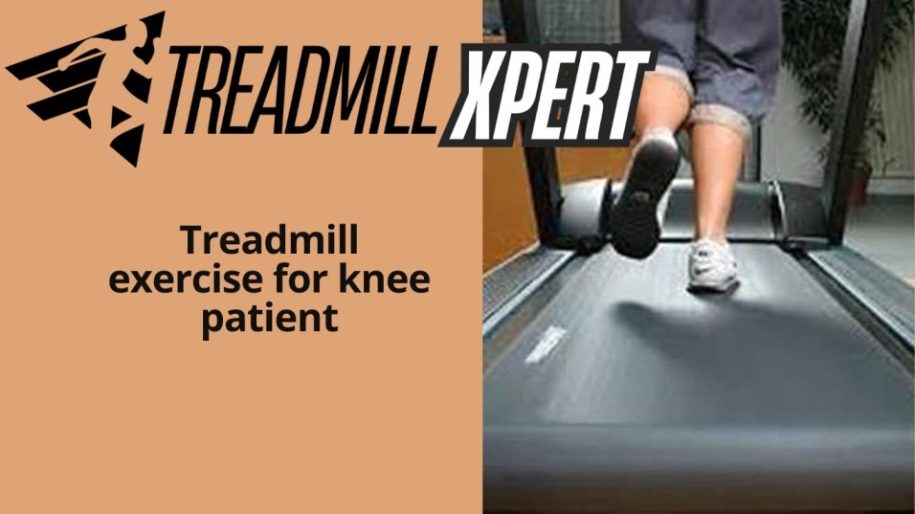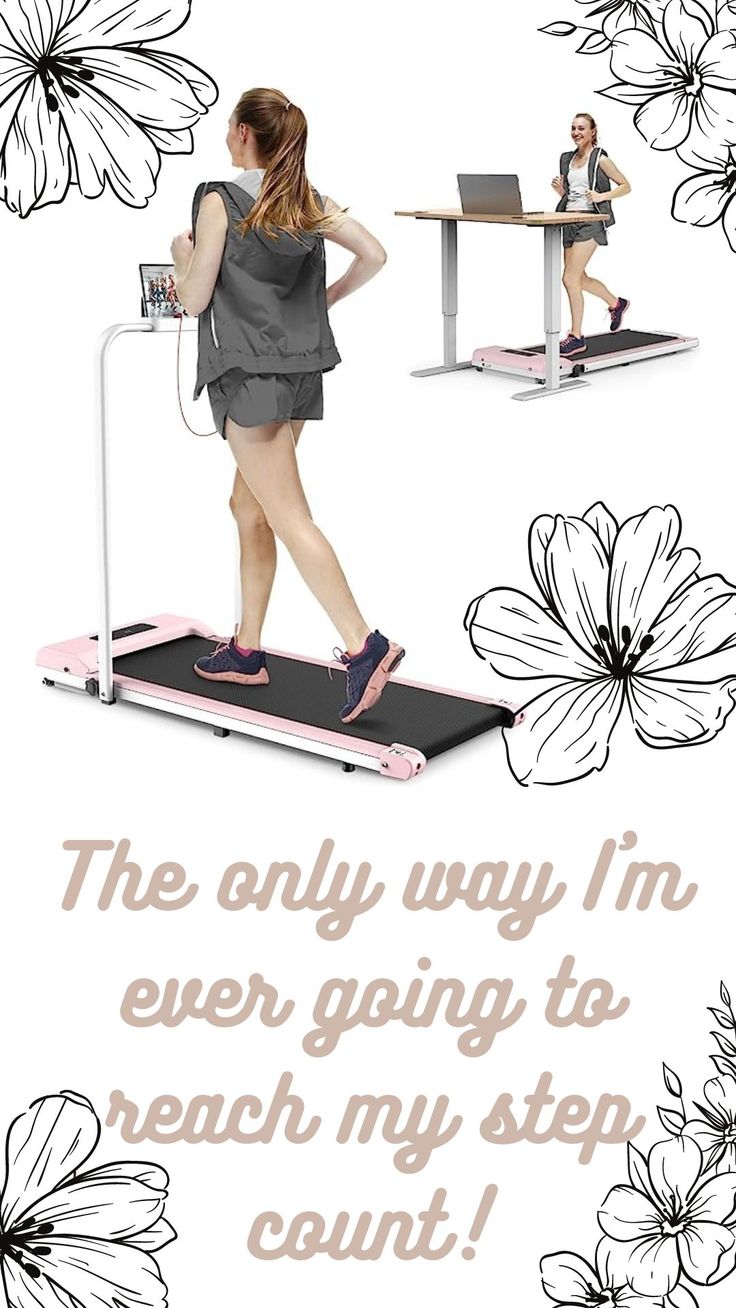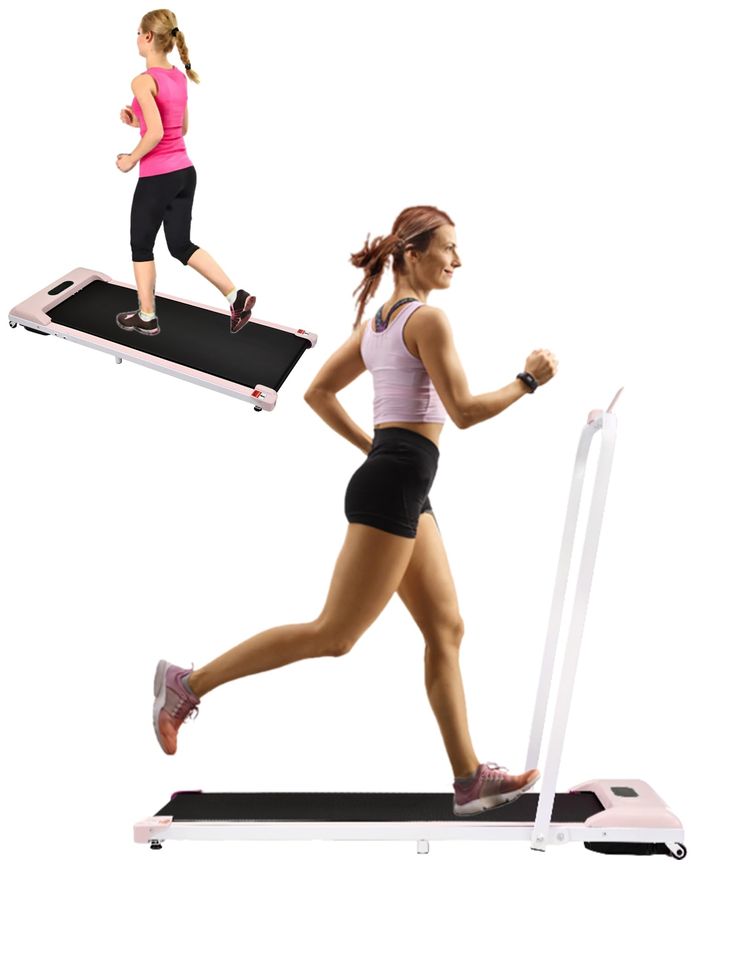
Treadmill Exercise for Knee Patients – Safe, Effective, and Joint-Friendly
Treadmill exercise for knee patients can be both safe and beneficial when done correctly. Whether recovering from an injury, managing arthritis, or simply having sensitive knees, the treadmill can provide a controlled, low-impact environment to maintain fitness. However, not all treadmill exercises are knee-friendly, so understanding how to use a treadmill properly is key to avoiding pain and promoting joint health.
Is Treadmill Walking Safe for Knee Patients?
Yes, treadmill exercise for knee patients is generally considered safe when the machine is used correctly. Unlike hard pavement or uneven outdoor surfaces, treadmills offer a smooth, shock-absorbing surface, which is easier on the joints.
Walking on a treadmill is one of the best low-impact cardio workouts, especially for individuals with knee issues. However, caution is needed—improper form, excessive speed, and ignoring pain can lead to injury or discomfort.
Key Tips for Knee-Friendly Treadmill Workouts
1. Start Slow and Easy
Begin with low speed (2-3 mph) and no incline to allow your body, especially your knees, to warm up and adapt. Increase intensity only when you feel no discomfort.
2. Maintain Proper Form
Good posture reduces strain on your knees. Keep your head up, shoulders back, and arms relaxed. Avoid overstriding, and try to land midfoot, not on the heels.
3. Use the Handrails for Balance (If Needed)
If you’re new or feel unstable, holding the side rails lightly can improve safety. However, avoid leaning or putting full weight on treadmills.
4. Wear Proper Cushioned Footwear
Supportive, cushioned walking shoes are vital. Worn-out or improper shoes increase impact on knees. Look for shock-absorbing insoles and firm arch support.
5. Use the Incline Sparingly
A slight incline (1–2%) may help reduce knee stress by shifting weight toward the glutes and hamstrings. However, steep inclines (above 5%) may aggravate knee pain.

6. Listen to Your Body
Pain is a signal. Stop the workout if you feel sharp or persistent knee pain. Reduce speed or duration next time, and consult a doctor or physical therapist if pain persists.
7. Incorporate Rest Days
Knee joints need recovery. Limit treadmill walking to 3–5 days a week with rest or cross-training days in between to avoid overuse injuries.
Recommended Treadmill Settings for Knee Patients
-
Speed: 2.0–3.5 mph for walking
-
Incline: 0–2% to simulate natural ground without adding strain
-
Duration: Start with 10–15 minutes and gradually work up to 30–45 minutes
-
Warm-Up/Cool Down: Always spend 5–10 minutes at a slow pace to warm up and cool down
Benefits of Treadmill Exercise for Knee Patients
✅ Low-Impact Cardiovascular Training
Walking on a treadmill is a safe aerobic activity that helps maintain cardiovascular health without putting too much pressure on the knees.
✅ Weight Management
Excess weight can worsen knee issues. Treadmill workouts burn calories and aid in weight loss, reducing the stress on joints.
✅ Strengthens Muscles Around the Knee
Regular walking builds strength in the quads, hamstrings, calves, and glutes, which support and stabilize the knees.
✅ Controlled Environment
You can precisely control speed, incline, and duration—ideal for gradual progress and safe recovery.
Choosing the Right Treadmill for Knee Patients
When selecting a treadmill, knee patients should consider the following features:
✔️ Shock Absorption Technology
Look for treadmills with advanced cushioning systems that reduce joint impact, such as:
-
NordicTrack Commercial 1750
-
Sole F80
-
Bowflex Treadmill 22
-
Horizon Fitness 7.0 AT
✔️ Wide Belt
A belt that is at least 20 inches wide and 55–60 inches long allows natural stride and reduces tripping risk.
✔️ Low Starting Speed
Ensure the treadmill can start at 0.5 to 1.0 mph, ideal for rehab patients or seniors.
✔️ Incline and Speed Adjustability
Easy control over speed and incline lets users tailor workouts for joint comfort.
Sample Knee-Friendly Treadmill Workout Plan
Here’s a sample beginner workout plan for knee patients:
Week 1:
-
Day 1: 10 mins at 2 mph, 0% incline
-
Day 3: 12 mins at 2.2 mph, 1% incline
-
Day 5: 15 mins at 2.5 mph, 0% incline
Week 2:
-
Day 1: 20 mins at 2.5 mph, 1% incline
-
Day 3: 20 mins at 2.7 mph, 1.5% incline
-
Day 5: 25 mins at 3.0 mph, 0% incline
Remember to adjust the workout depending on how your knees feel. Rest days are just as important as workout days.
Treadmill Maintenance for Smooth Workouts
Knee safety doesn’t just depend on your form—it also relies on machine condition. Here’s how to ensure smooth movement:
-
Lubricate the belt every 3–6 months to reduce friction and impact.
-
Check belt tension to prevent skipping or slipping.
-
Clean the deck and motor area to prevent dust buildup.
-
Ensure the treadmill is on a level surface.

When to Avoid Treadmill Exercise
Even with the best precautions, treadmill exercise might not be suitable in these cases:
-
Severe osteoarthritis or joint degeneration
-
Recent knee surgery without medical clearance
-
Unstable joints or significant balance issues
In such scenarios, consult with a physical therapist for tailored exercise recommendations.
Cross-Training Alternatives for Knee Patients
If the treadmill isn’t ideal every day, mix in these knee-friendly exercises:
-
Swimming
-
Cycling on a stationary bike
-
Elliptical machine
-
Yoga or stretching routines
-
Strength training (low-impact)
These exercises complement treadmill workouts while giving the knees variety and rest.
Final Thoughts
Treadmill exercise for knee patients can be a safe, effective way to maintain fitness, reduce pain, and promote joint strength—when done with care. Always start slow, use the right settings, wear cushioned shoes, and listen to your body. Choosing the right treadmill with proper shock absorption and belt size can make all the difference.
With consistent, low-impact treadmill walking, patients with knee concerns can continue to stay active and healthy while protecting their joints.
